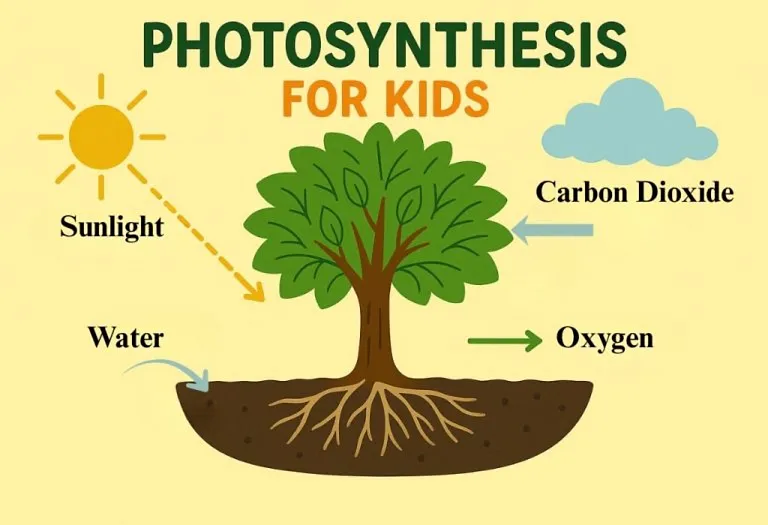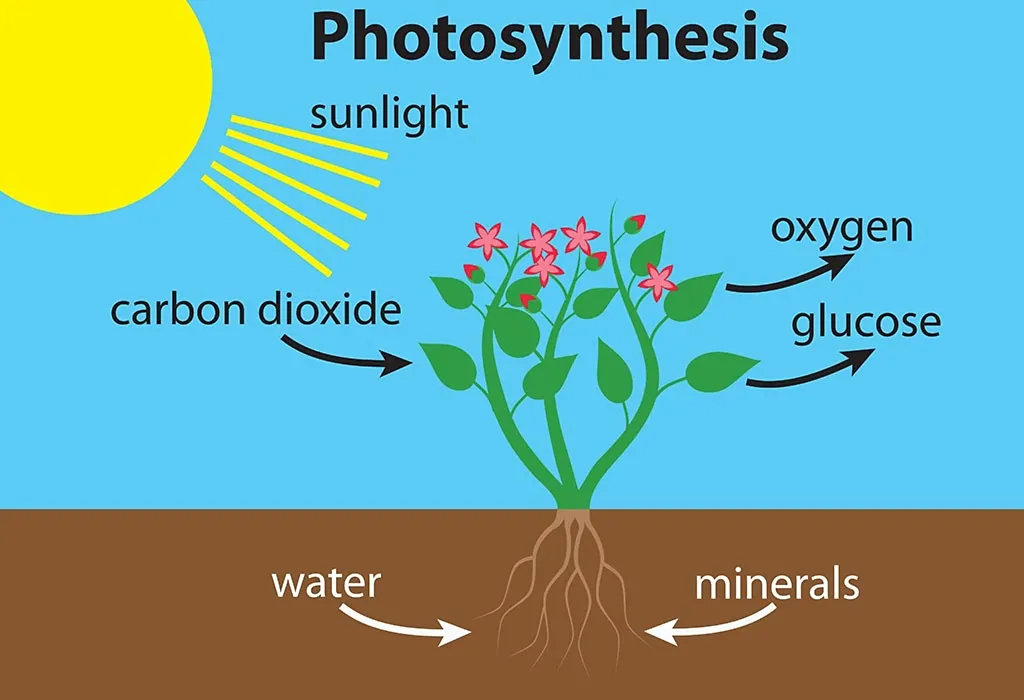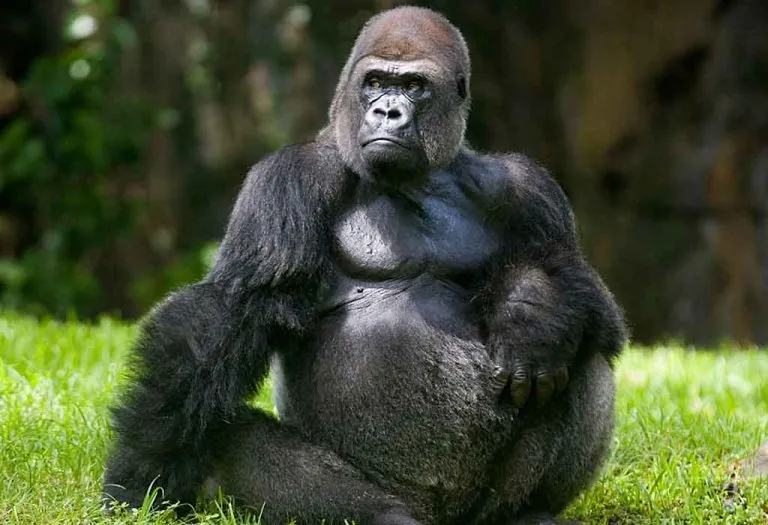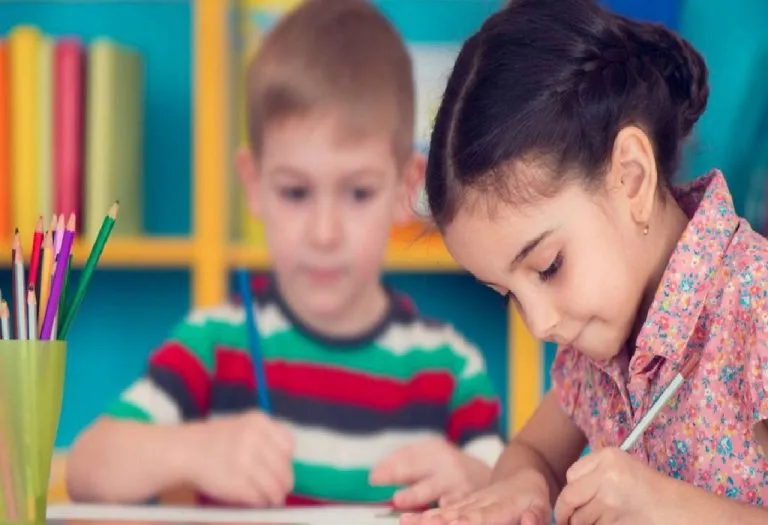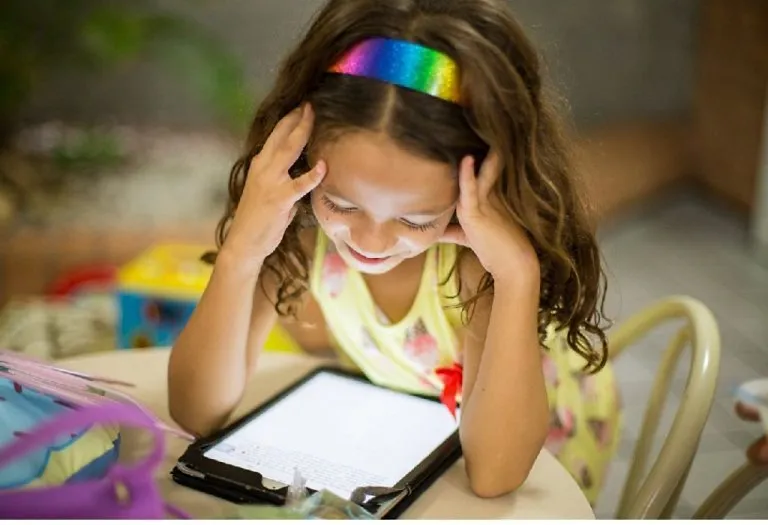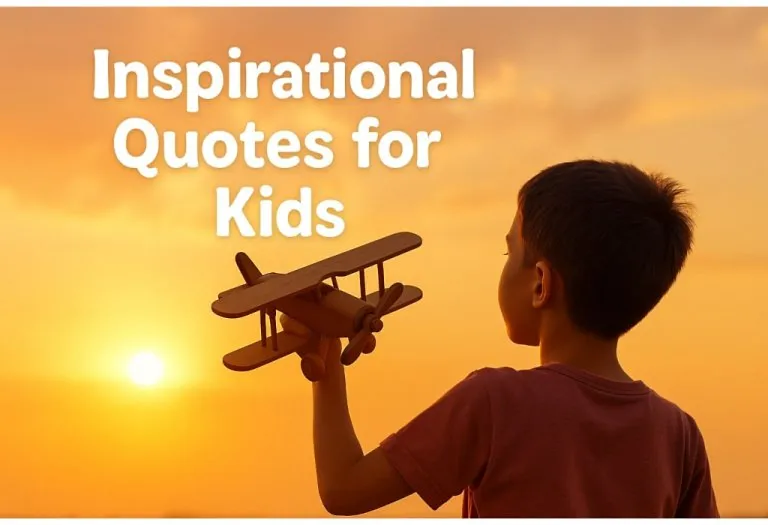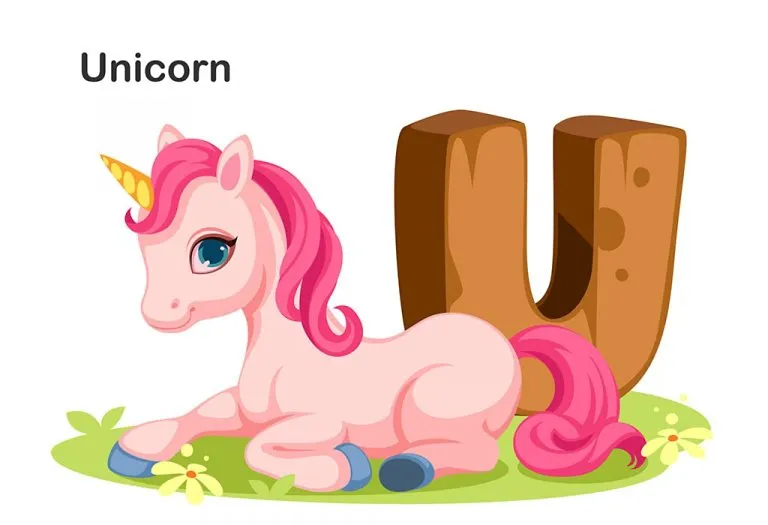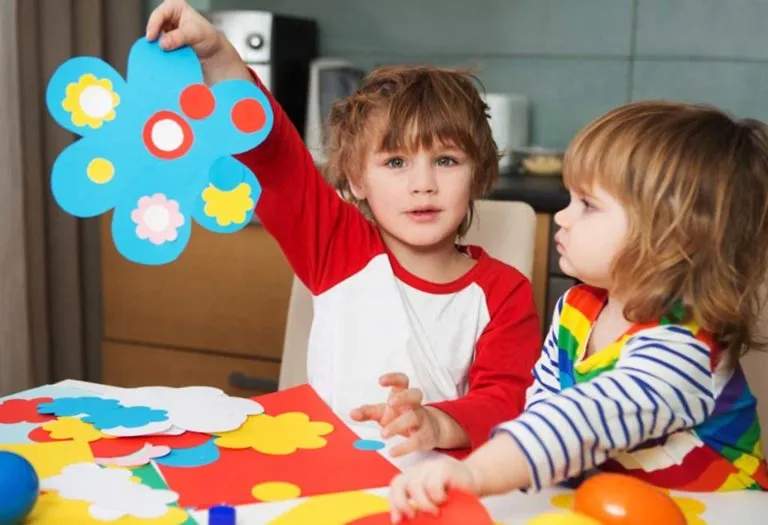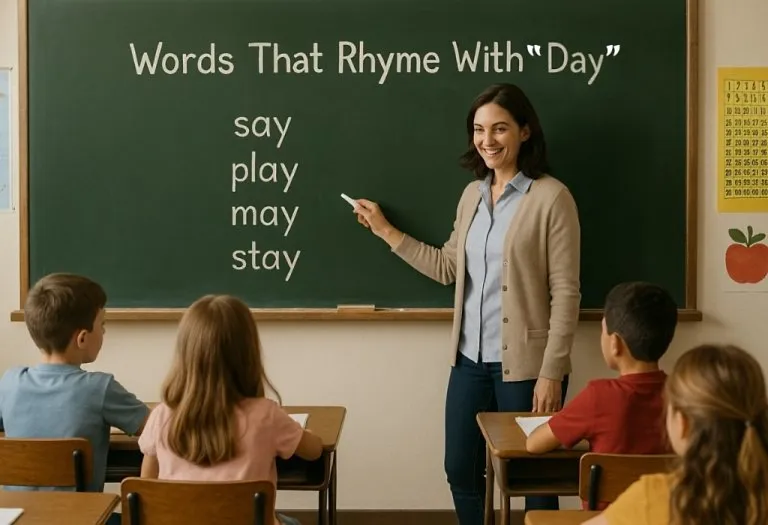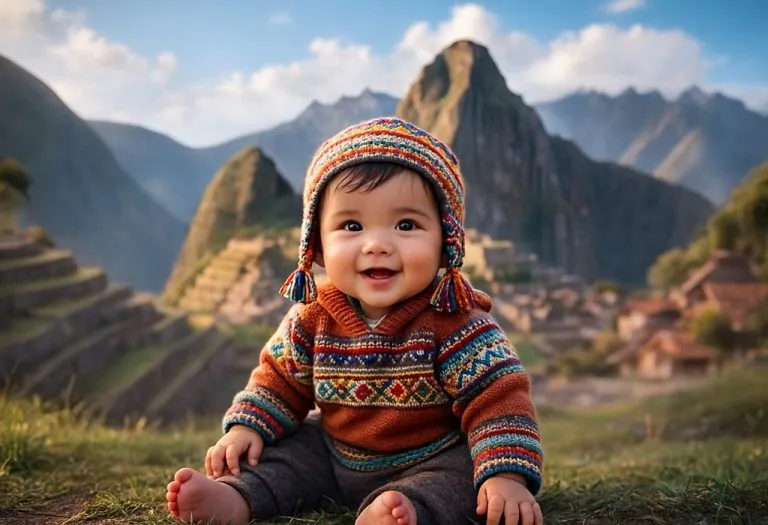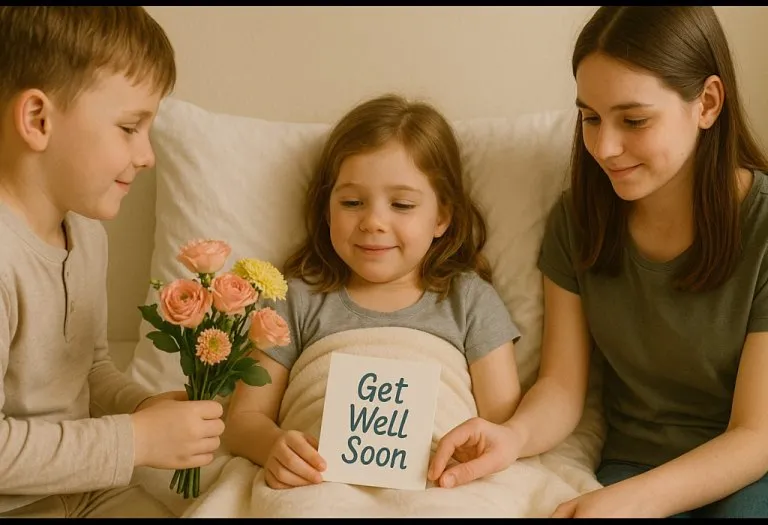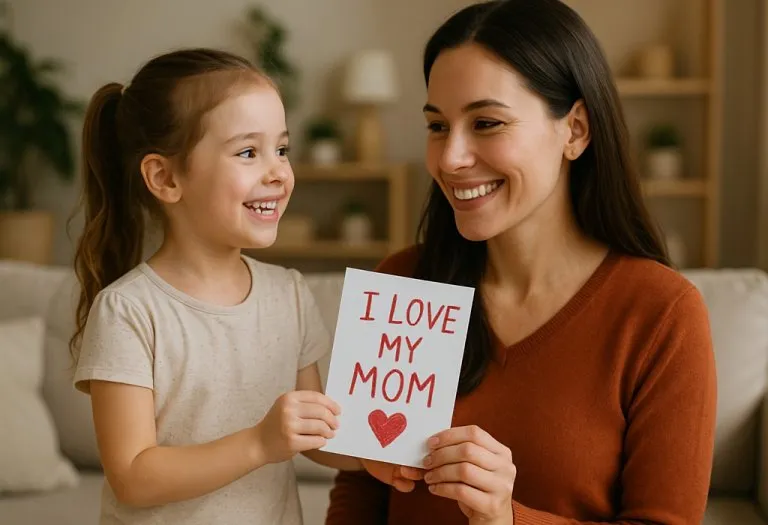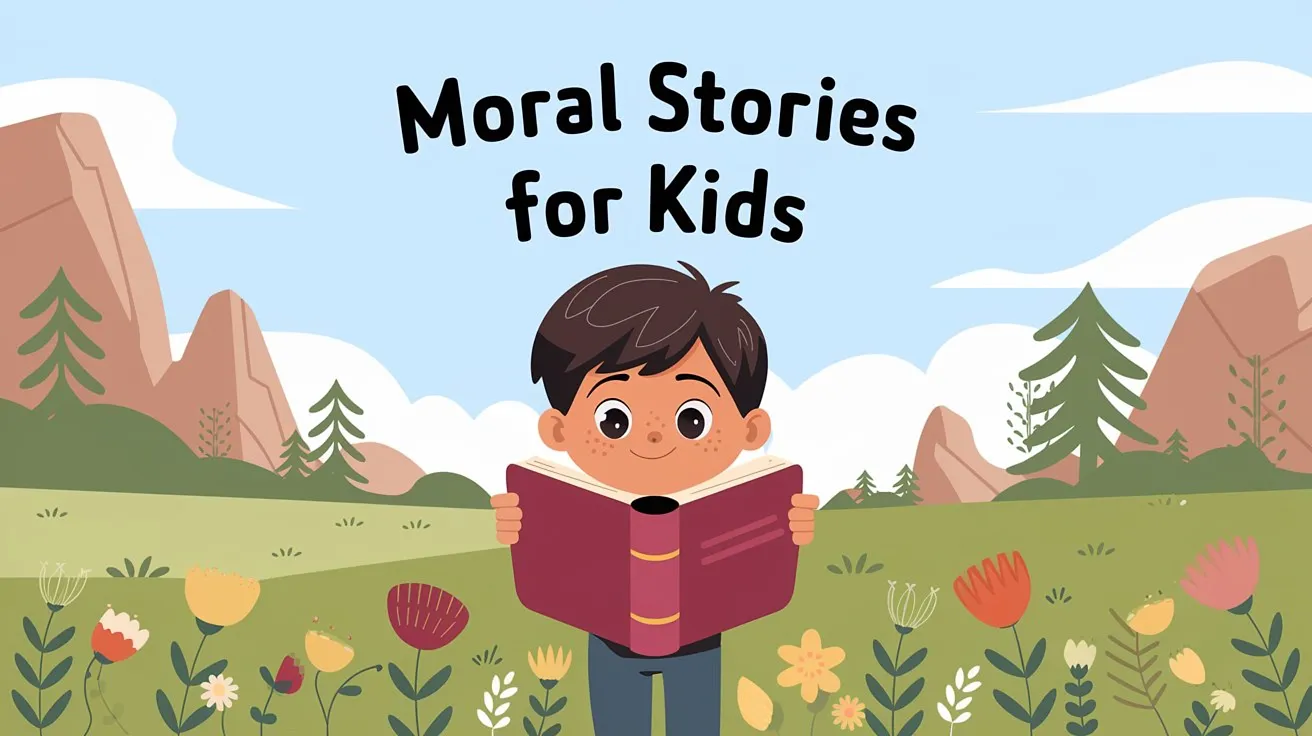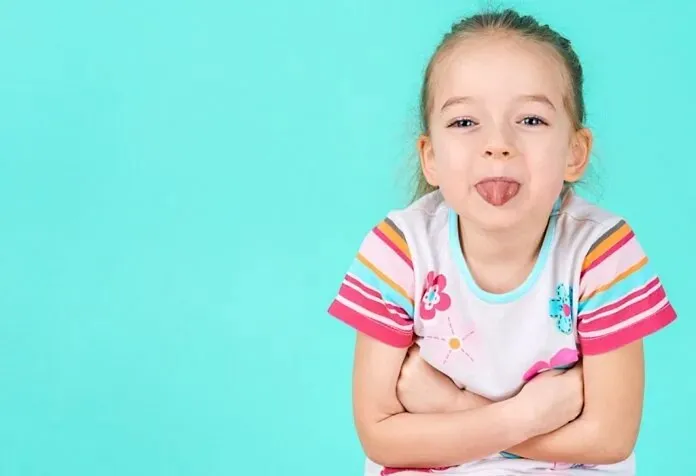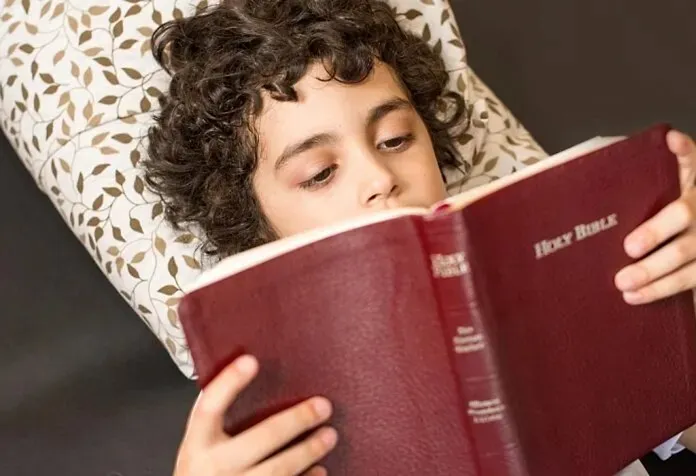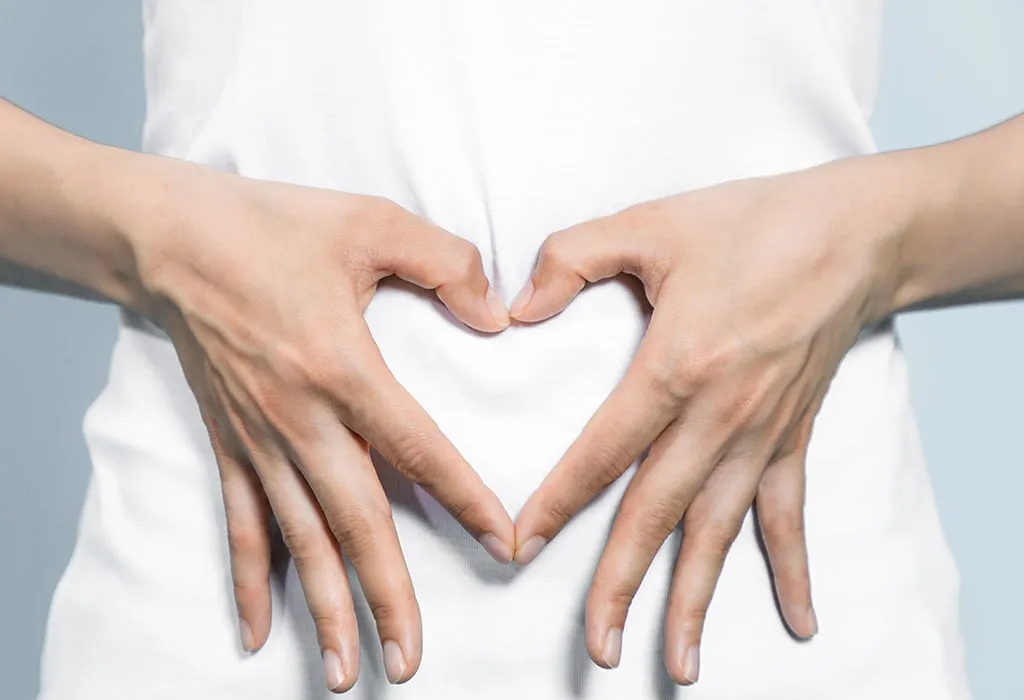Photosynthesis for Kids – Definition and How It Works
- What Is Photosynthesis?
- Importance of Photosynthesis
- What Three Things Do Plants Need to Live?
- Process of Photosynthesis
- What Does Photosynthesis Produce?
- Other Facts and Information About Photosynthesis for Children
- Fun Photosynthesis Activities for Kids
- FAQs
Kids are always fascinated by the beautiful plants, trees, and flowers. Often, children are curious and love to learn new things about nature; chances are, they will ask you how these plants and trees survive or obtain food. If your kids are a little older and you think they are ready to learn about the science behind it, explain the process of photosynthesis to them. Photosynthesis is an essential science topic that should be taught to kids in elementary school. Derived from the word ‘Photo’ in Greek, which stands for light, and synthesis stands for ‘combining together,’ the word packs a whole world of exciting information. Let’s cover the information about photosynthesis for kids in detail.
What Is Photosynthesis?
Looking for the photosynthesis definition for kids? Well, here it is in simpler terms.
Plants make their own food through the process of photosynthesis. Photosynthesis can be defined as the process through which plants make their own food with the help of sunlight, chlorophyll, carbon dioxide, and water. The word photosynthesis is made of two words: photo and synthesis, where photo stands for light and synthesis means getting everything together.
Importance of Photosynthesis
Photosynthesis is an important process as all living beings depend on plants for food. Read on to learn why this process is so important!
- It can be rightly called the backbone of our planet, as it is the number one source of oxygen, and without it, it would not be possible for various life forms to survive on this planet.
- It is the primary energy process for almost all kinds of plants and trees on Earth.
- Plants use the carbon dioxide released by various organisms to make their food. This way, plants help in balancing the oxygen and carbon dioxide levels in the atmosphere.
- It also contributes and represents a symbolic relationship between plants, animals, and humans.
- It affects almost all life forms on our planet in direct or indirect ways.
- Sometimes plants store glucose during the process of photosynthesis, which lends sweetness to roots and fruits such as carrots, strawberries, apples, etc.
What Three Things Do Plants Need to Live?
Plants require three basic things for survival, which are as follows:
- Carbon dioxide: Plants need carbon dioxide in the air for photosynthesis. Plants release Carbon dioxide and release oxygen.
- Sunlight: The green chemical present in the leaves absorbs the sunlight to perform photosynthesis. Plants use the energy from sunlight to convert carbon dioxide and water into sugars.
- Water: Roots absorb water, which then passes through the stem to the leaves of the plant.
Process of Photosynthesis
Plants are composed of numerous cells, and each cell has a special structure, known as chloroplasts. It is the chloroplast where the process of photosynthesis takes place. In some plants, the tiny oval-shaped cells present inside the plant occupy a small space, resulting in a limited number of these cells. However, in other plants, these cells may take up the entire space. Each structure inside the chloroplast contains chlorophyll, a green pigment that provides the leaves with their green colour. Photosynthesis takes place in the chloroplasts. If you plan to explain photosynthesis to children, here are the detailed steps of photosynthesis for kids.
1. Chlorophyll
The green chemical present inside the chloroplast absorbs energy from the sunlight. The energy thus obtained is used to break the water molecules into hydrogen and oxygen. The oxygen obtained in the process is released into the atmosphere. However, the hydrogen and carbon dioxide obtained are used to make food for the plants. A portion of glucose is utilised in the growth and development of plants, while the remainder is stored in roots, leaves, and fruits as a reserve for future use.
The process of making food by plants occurs in two important stages that are as follows:
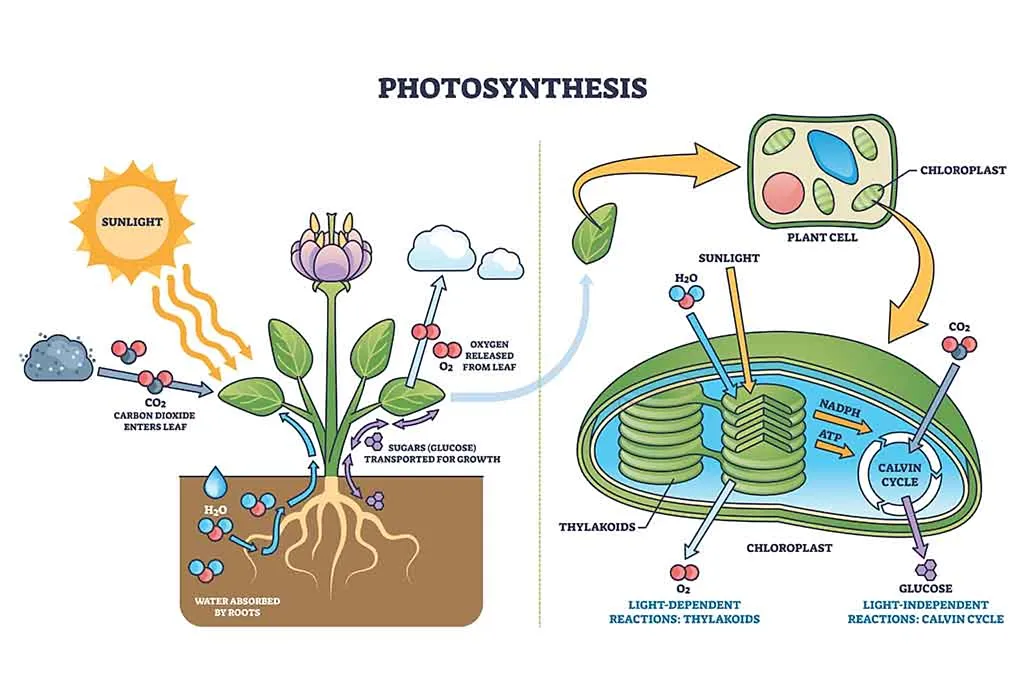
Image Credit : AI Generated Image
2. Light-Dependent Reactions
The first stage of photosynthesis is known as the light-dependent reaction stage, and this process only occurs in the thylakoids of the chloroplast, in the presence of sunlight. During this process, the light from the sun is converted into chemical energy. Here’s the first stage of photosynthesis explained for kids:
- The sunlight enters the chlorophyll present in the chloroplast. This action activates the electrons present in chlorophyll.
- The activated electrons break free or get separated from the chlorophyll.
- The water molecules then get split up into thylakoids to form oxygen and hydrogen.
- The electrons thus released undergo a chemical reaction. The electrons and hydrogen ions create ATP and NADPH. Both these energy molecules are important components for the next stage of photosynthesis.
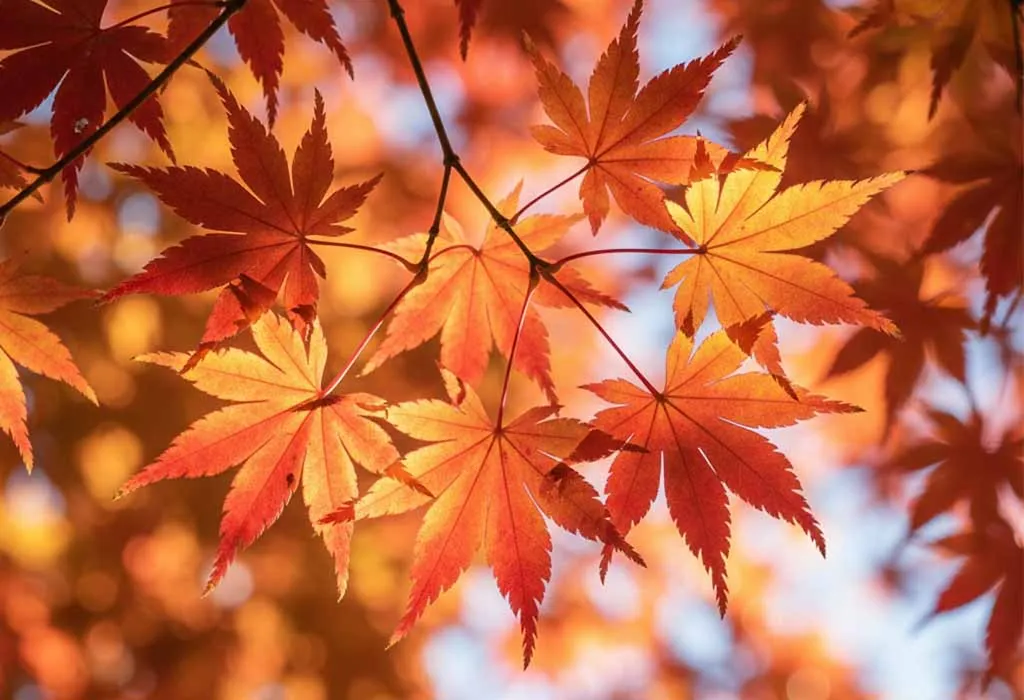
Image Credit : AI Generated Image
3. The Calvin Cycle
The second stage of the process is known as the Calvin cycle. This part of the process occurs in the stroma of chloroplasts. Though sunlight is not the basic requirement at this stage, the energy obtained from ATP and NADPH and carbon dioxide is important to create glucose. One of the important food sources of plants, glucose, is a form of simple sugar that plants can convert into cellulose and starch. It is also stored as a reserve for later use as energy by plants. Here’s what happens in this stage:
- The holes present in the leaves absorb the carbon dioxide present in the atmosphere.
- These carbon molecules then bind to simple sugar, also known as RuBP.
- Then takes a four-step chemical reaction, in which carbon dioxide and RuBP molecules combine with ATP and NADPH, which were obtained in the first stage of the process, to form glucose molecules.
Here is a more detailed photosynthesis diagram for kids.
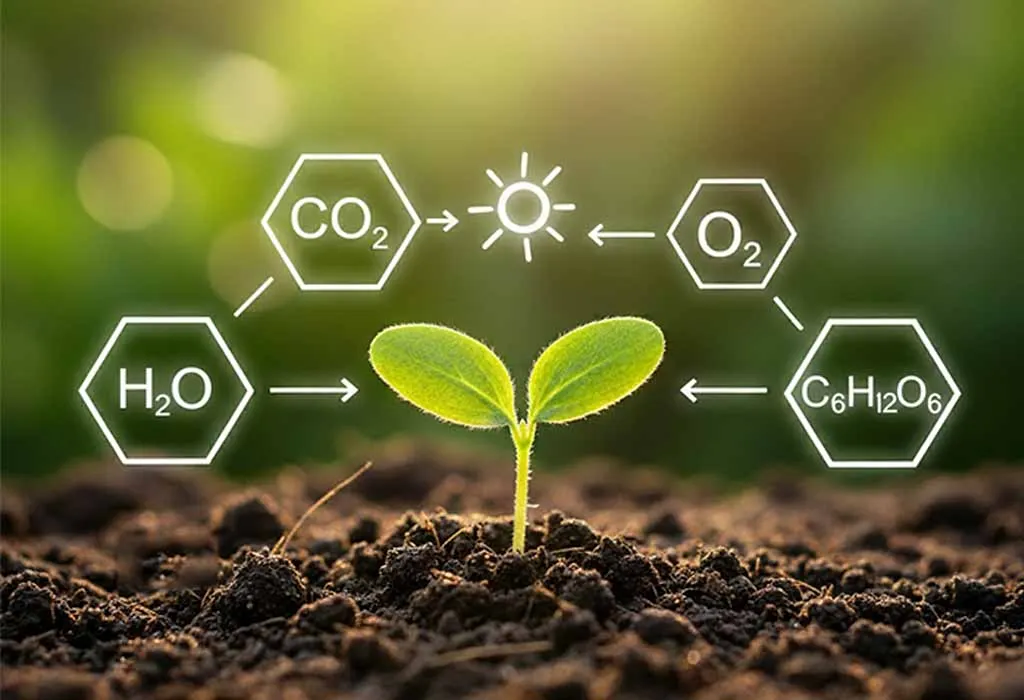
Image Credit : AI Generated Image
What Does Photosynthesis Produce?
After learning about the steps of photosynthesis for kids, let us share what is produced during the process. Well, here are the two essential things that are produced:
- Food
- Oxygen
The glucose produced during the process is sometimes stored in plants, lending sweetness to various fruits and roots. These fruits and roots provide energy to animals and humans.
The oxygen produced during the process is released into the atmosphere, serving as a vital life force for various living creatures on the planet.
Though the main things produced in photosynthesis involve food and oxygen, it affects our life extensively as the lives of so many living beings are dependent on plants for their survival. The energy we get for our growth and development is derived from plants and animals, where animals also depend on plants in direct (plant-eating animals or herbivores) or indirect ways (carnivores or omnivores that eat other plant-eating animals). Therefore, photosynthesis is important for our existence.
Other Facts and Information About Photosynthesis for Children
Now that you know about the process of photosynthesis, here are some more facts and information on photosynthesis for children that you can share with your kids:
1. Chlorophyll Gives Green Colour to the Leaves
Chlorophyll is a chemical present in the leaves that gives plants their green colour. However, this pigment is green because it absorbs red and blue wavelengths of sunlight and reflects the green colour.
2. Photosynthesis is the Process to Produce Glucose
Glucose that plants use as food is not only food for the plants, but it is also the simple sugars that are the building blocks that help in making starch and cellulose, which act as energy reserves and building structures.
3. Plants Have Other Photosynthetic Pigments As Well
Most plants have green leaves. However, chlorophyll is not the only pigment that leaves reflect; instead, it belongs to a family of pigments with similar structures that absorb or reflect different wavelengths of light. This is why leaves change to different colours in various seasons. For example, in the autumn months, leaves produce less chlorophyll, which can make you see red, orange, and other coloured leaves.
4. The Magic Equation of Six
Glucose has larger molecules in comparison to water or carbon dioxide, even though it is a simple form of sugar. It takes as many as six molecules of water and six molecules of carbon dioxide to form one molecule of glucose and six molecules of oxygen.
5. Photosynthesis Is Performed By Other Living Organisms
Living organisms that use light to convert energy into their own food are known as producers. On the other hand, consumers are living organisms that consume energy from producers. Although plants are the primary producers, other living forms, such as cyanobacteria, algae, and protists, also produce their own food through the process of photosynthesis.
6. Plants Have a Structure That is Suited for Photosynthesis
The entire structure of the plant is designed to facilitate photosynthesis. Where the roots are designed to absorb water and transport it to the stems and leaves, leaves are designed with pores to limit gas exchange and water loss.
7. The Process of Photosynthesis Has More Than One Form
Although the general pathways, which include light reactions and dark reactions, are the same in all types of photosynthesis. Different plants employ distinct sets of responses during this process.
8. There Are Various Factors That Affect the Process of Photosynthesis
Several factors can influence the process of photosynthesis, including the intensity and wavelength of light, temperature, and carbon dioxide levels.
9. No Photosynthesis Means No Life
If there is no photosynthesis, then the oxygen levels will rapidly decline, and soon all living beings will perish. However, this will not affect the anaerobic organisms as they do not need oxygen to survive.
10. Photosynthesis Has Been on Earth for a Long Time
It was approximately 3.4 billion years ago that the process of photosynthesis was utilised by some of the earliest organisms on our planet. The organisms that use this process of making food are known as photoautotrophs.
Fun Photosynthesis Activities for Kids
Photosynthesis might sound like a big word, but it’s really just how plants make their own food using sunlight, water, and air. With the right activities, kids can see this amazing process in action while having fun at the same time. Here are some exciting hands-on ways to learn about photosynthesis:
- Leaf Sun Print: Place fresh leaves on construction paper and leave it in the sun. After a few hours, remove the leaves to reveal a print, showing how sunlight affects plants.
- Bubble Oxygen Test: Place a water plant like Elodea in a glass of water under sunlight. Kids can watch bubbles form on the leaves — that’s oxygen being released during photosynthesis!
- Build a Photosynthesis Model: Use coloured paper or clay to create a model that illustrates sunlight, water, carbon dioxide, and a plant. This helps kids visualise the process step by step.
- Plant Growth Experiment: Grow two small plants: one in sunlight and one in a dark place. Compare their growth to see how sunlight is vital for photosynthesis.
FAQs
1. What is photosynthesis in simple words?
Photosynthesis is the process by which plants use sunlight, water, and air to make their own food and release oxygen.
2. Why is photosynthesis important for kids to learn?
It helps kids understand how plants grow, why we need oxygen, and how the Earth’s food chain works.
3. Do plants only do photosynthesis in the day?
Yes, plants need sunlight for photosynthesis, so it mainly happens during the daytime.
4. Can kids see photosynthesis happening?
Yes! Activities like the bubble oxygen test let kids actually observe the results of photosynthesis in real time.
It is safe to say that photosynthesis is one of the most important chemical processes on our planet as it is responsible for releasing oxygen. Explain this process to your children and enhance their knowledge. We’re sure they will be curious to learn more!
Also Read:
Plant Facts for Children
Facts and Information of Earth
Animal Facts and Information for Children
Was This Article Helpful?
Parenting is a huge responsibility, for you as a caregiver, but also for us as a parenting content platform. We understand that and take our responsibility of creating credible content seriously. FirstCry Parenting articles are written and published only after extensive research using factually sound references to deliver quality content that is accurate, validated by experts, and completely reliable. To understand how we go about creating content that is credible, read our editorial policy here.






